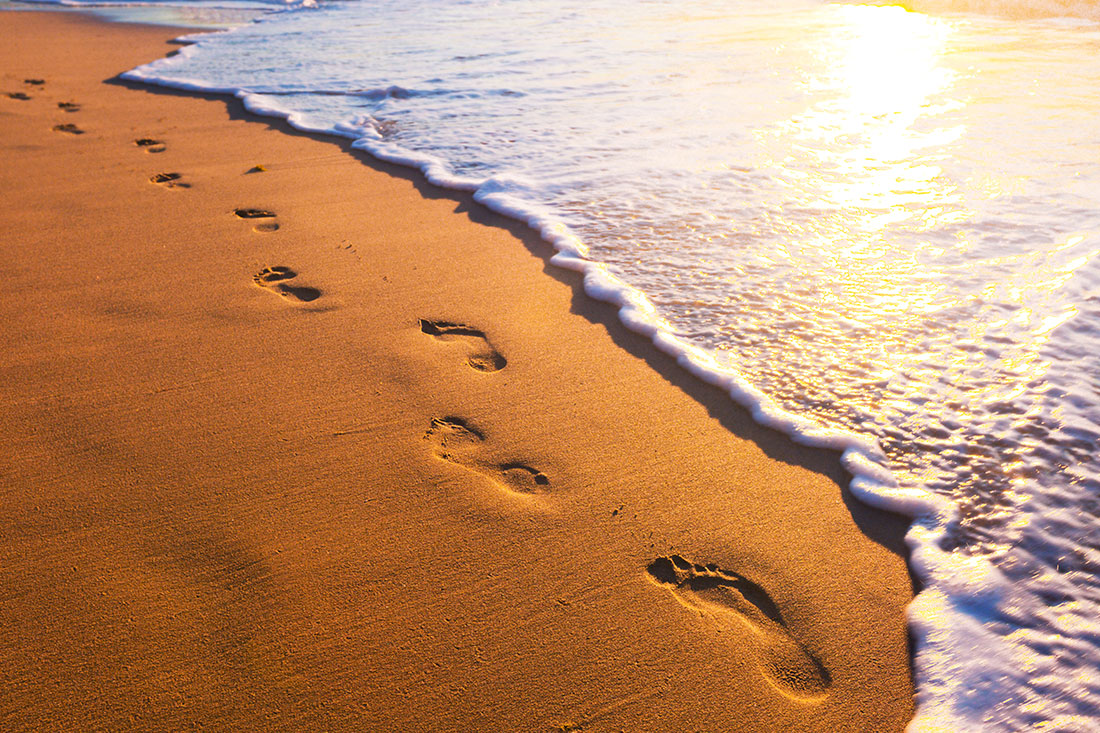
The Barefoot Corporate Warrior: It’s Humans (in) Nature, Naturally
Have I seen the future of humanity – surrounded and caged by concrete, glass and… more humanity? The projections seem to be leading us to a compellingly gloomy outcome over the next 30 years or so. Or do they?
Human population is estimated to climb between now and 2050 from seven billion today to 10 billion, and two-thirds of this horde will live, work and play in urban areas. In order to cater for this movement to urbanity a new city of one million people is required every five minutes from now to then. Sounds almost impossible doesn’t it?
Mega cities of 10 million or more will be commonplace.
Shaped by evolution to seek out threats, my mind automatically interprets these startling statistics through the prism of negative images of crowded, poor, brutalist and de-humanising cities – a Blade Runner long dark night for humanity.
My visit to the world’s largest city, Tokyo with almost 38 million people, in recent years reinforced my tendency to the hard lines of concrete-and-glass view of the world to come. (Explanatory note/no insult alert: I very much enjoyed Tokyo as a clean, safe city however its overall impression is one of a hard surfaces, built environment with only small pockets of greenery where people could “touch” the heavily manicured “natural” environment).
Earlier this year I attended a panel discussion called Extreme Cities: Building Against the Tide (source of future urban stats above) as part of Brisbane’s annual World Science Festival.
While the long-list of problems with our population growth and migration to urban areas were acknowledged I was challenged to think more positively about this urban future and about cities in general.
We have the opportunity, through our ability to bring planning, design and technology development to the shaping of this future – a chance to perhaps nip the Blade Runner scenario in the bud and craft cities which are innovative, vibrant, clean, green and socially cohesive places where humans are able to achieve a balance and harmony within themselves and the world.
Is my optimism bias showing through again?
The tone of the expert panel was upbeat, the examples of cities which are pioneering this direction today in anticipation of the rising tide of humanity was impressive and the prospects that smart engineering, technological breakthroughs in transport, energy, water management, resource utilisation, medicine and social fabric will actually deliver on the promise seemed tantalisingly real.
One international planning and design firm has also pioneered the concept that designing for child-friendly urban environments will benefit all. That is a fun approach to these challenges.
There are also movements now dedicated to creating the type of sustainable, liveable cities which our much denser human population can not only survive in but thrive in at every level.
There is the Rockefeller Foundation’s 100 Resilient Cities initiative. In our part of the world, Sydney, Melbourne, Wellington and Christchurch are in the cities so far selected.
I have also been reminded through exposure to this topic how beneficial cities can be for us humans – a great city offers people the opportunity to live interesting and fulfilling lives exposed to a kaleidoscope of physical and intellectual events and experiences which smaller communities cannot provide. A well-functioning city can be a real delight.
While this all seems very promising however there is still an element of being human that our rush to urbanity most probably cannot cater for.
It seems to me the that even if we are mostly successful in creating a positive urban future for humans perhaps the greatest loss may be our disconnection from nature.
By this I mean that we humans do not seem to view ourselves as being a part of nature, despite the evidence which confirms that we as a species have sprung from nature and can still be a part of nature. We might have to work a bit harder to achieve this “with nature” feeling.
I visited a remote part of the gigantic Amazon River system last year. The little knowledge and understanding which I gained through my brief interaction with the villagers of the area was an impression that they very much view themselves as still being a part of the natural world.
They rely on the natural world in and around their villages for food and sustenance. There is a symbiosis between them and the animals and plants which means they do not see themselves as something separate from or superior to all that they sense around them.
We humans are a part of nature. We have sprung from the natural world.
Regaining this sense of our place or perhaps re-creating this fundamental belief within ourselves as we hurtle towards our urban destiny will require thoughtful action at both a societal and individual level.
How could it be done?
Here is just one wildcard though- provoking idea to leave you with.
Automated aerial drones which become the personal and public transport norm in future cities are no longer science fiction. The use of drones is now “on the march”, so to speak.
What if roads were no longer required and all transport was either under or above cities?
This would free up enormous areas in our cities which are currently roads for parks, gardens, urban food production, natural ecosystems in and around where we live. Megacities with their own green lungs. Too far-fetched? Perhaps, perhaps not.



